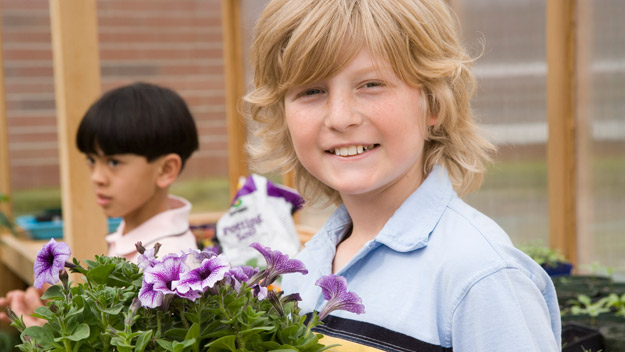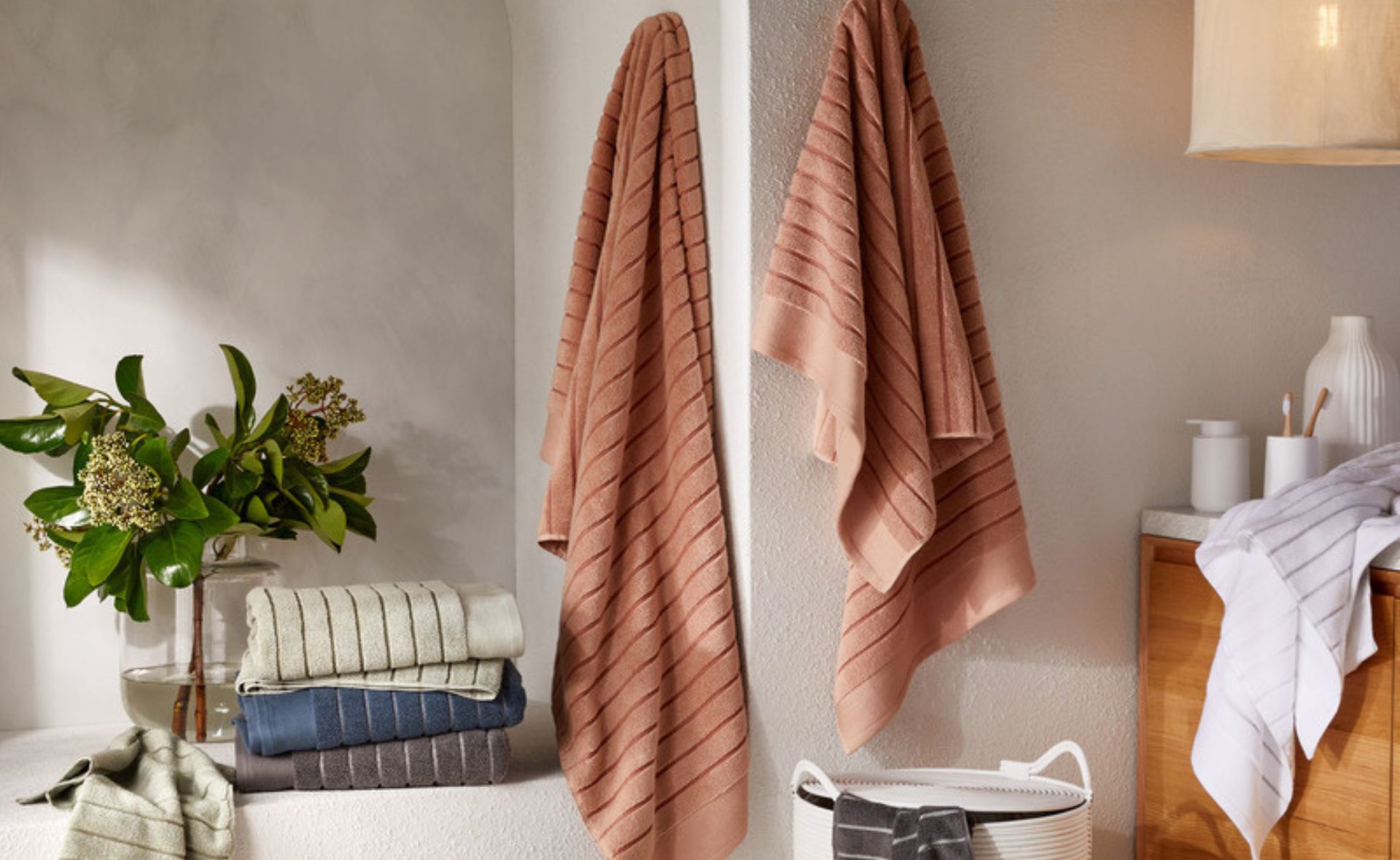Summer is the time for kids in the garden — school holidays, and hopefully fun and fresh air instead of square eyes from watching too much TV.
Today’s gardens though often don’t tempt kids outside. They’re neat designer gardens, created to impress onlookers, rather than with spots for cubbies, and trees with handy branches to climb. Some garden design features are even dangerous for kids — steep banks and terraces that kids can fall down —especially if the kids are on rollerblades or pogo sticks or yelling to a friend ‘Watch me’ as they try to balance along a stone wall.
So how do you lure kids into the garden?
First of all, don’t worry about any damage (except to the kids). Squashed plants and even torn branches will recover, but a child who’s been yelled at for landing a netball in the petunias will see the garden as an adult’s place, not really theirs too.
Kneel down and consider the garden from a kid’s point of view. Look for dangers — not just those steep walls, but also stone mulch or a steep driveway can be dangerous if kids are using their Christmas rollerblades or remote controlled cars (If it’s possible, some kid will try it.)
Are there any fish ponds and other water features? Either keep water fenced off from kids, or have a solid reinforcing mesh cage just under the water — or both. (This also discourages golden labradors from leaping in there.)
Watch out for flowers in the lawn that might attract bees, or bindi eyes or prickles, or bright berries that might tempt any kid who hasn’t learned that not every berry that’s red can be eaten.
Now make gardens more tempting. Provide shade —commercial shade sails or homemade ones. Hats, the right clothes and sunblock might protect from sunburn, but gardens without shade aren’t fun places to play in January’s heat. Encourage kids to head outside early in the morning, or at dusk, too- but don’t forget the mozzie repellent, and those protective clothes.
Give kids the materials and the ideas for simple cubbies — blankets over the clothesline, sheets draped over chairs or a ‘teepee’ over a fence. A big cardboard box — the sort a new washing machine or TV came in — makes a superb cubby when doors and windows are cut out. (Never let kids play with plastic packaging though, or anything that they can suffocate in, or that is heavy when it falls on them, or sticks that can poke.)
Buy a cheap magnifying glass so kids can see how fascinating a leaf is close up — and how terrifying an ant can be when it looks enormous. (NB: make sure it’s not a bull ant or a jumping ant or one that can sting).
My favourite game was ‘statues’. You need at least three kids for this or adults who like to play too. The person who is ‘it’ stands with their back to the other players, who stand at least three metres away. They have to sneak up on ‘it’ — but if they’re moving when ‘it’ turns around unexpectedly then they have to go back to the start. It’s surprisingly creepy having people sneak up behind you — and lots of fun and giggles to be the sneakers. If you’re playing with little kids- or ones who are a bit timid, it’s best to have an adult as ‘it’.
Gardens can be places of magic. You can surf a tsunami on a towel, or ride a flying carpet or a flying saucer. The best games of all, that go for hours till you’re called in for dinner, are ones where you ‘just pretend’. That tree is really the enchanted castle. There are elves living in the grevillea, and those clouds are dragons flying in the sky.
This world of enchantment is waiting for your kids to find in. But they’ll need an invitation and an escort — an adult who can see that all is safe, and then show them how the magic can begin.


.jpg)

